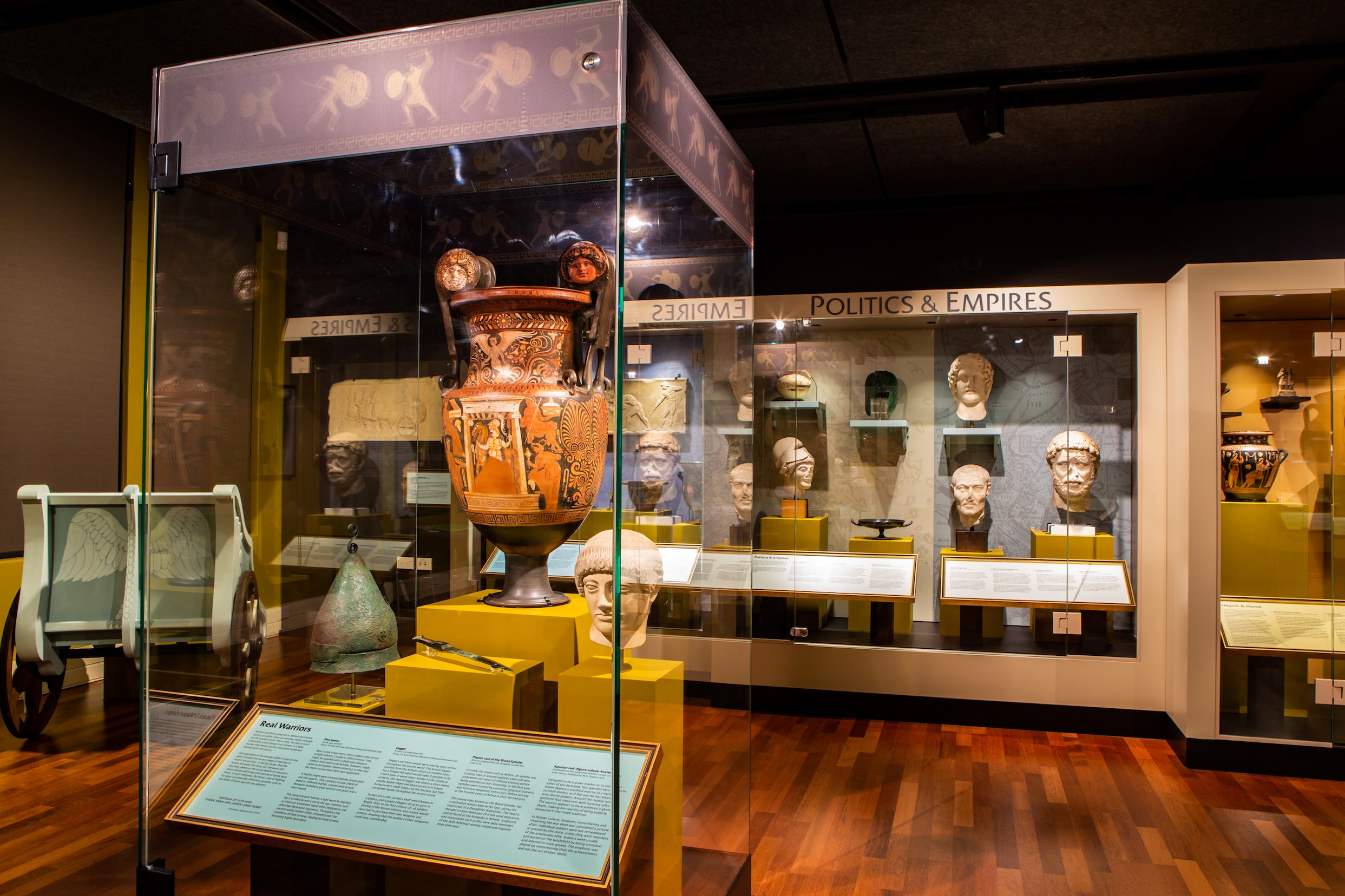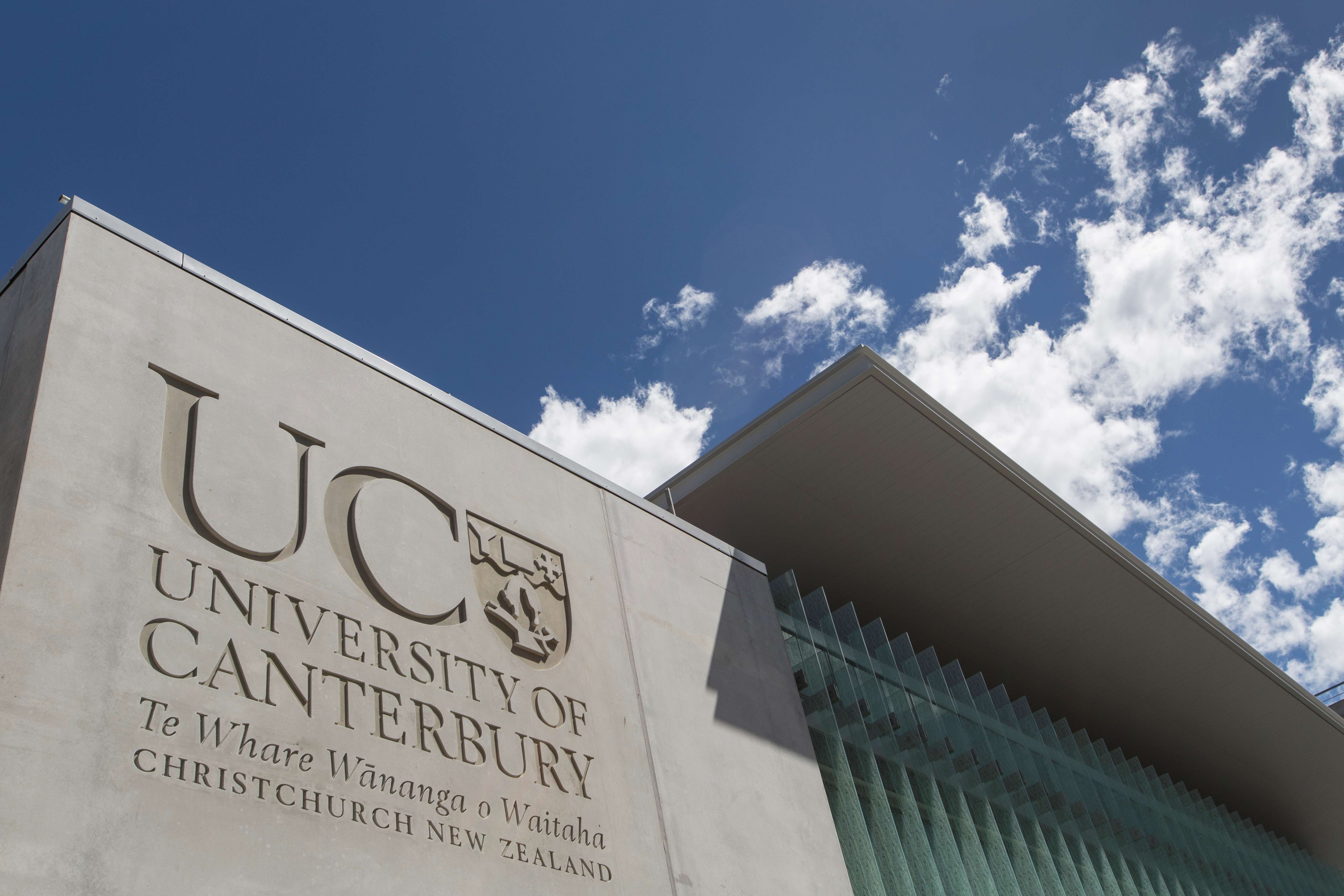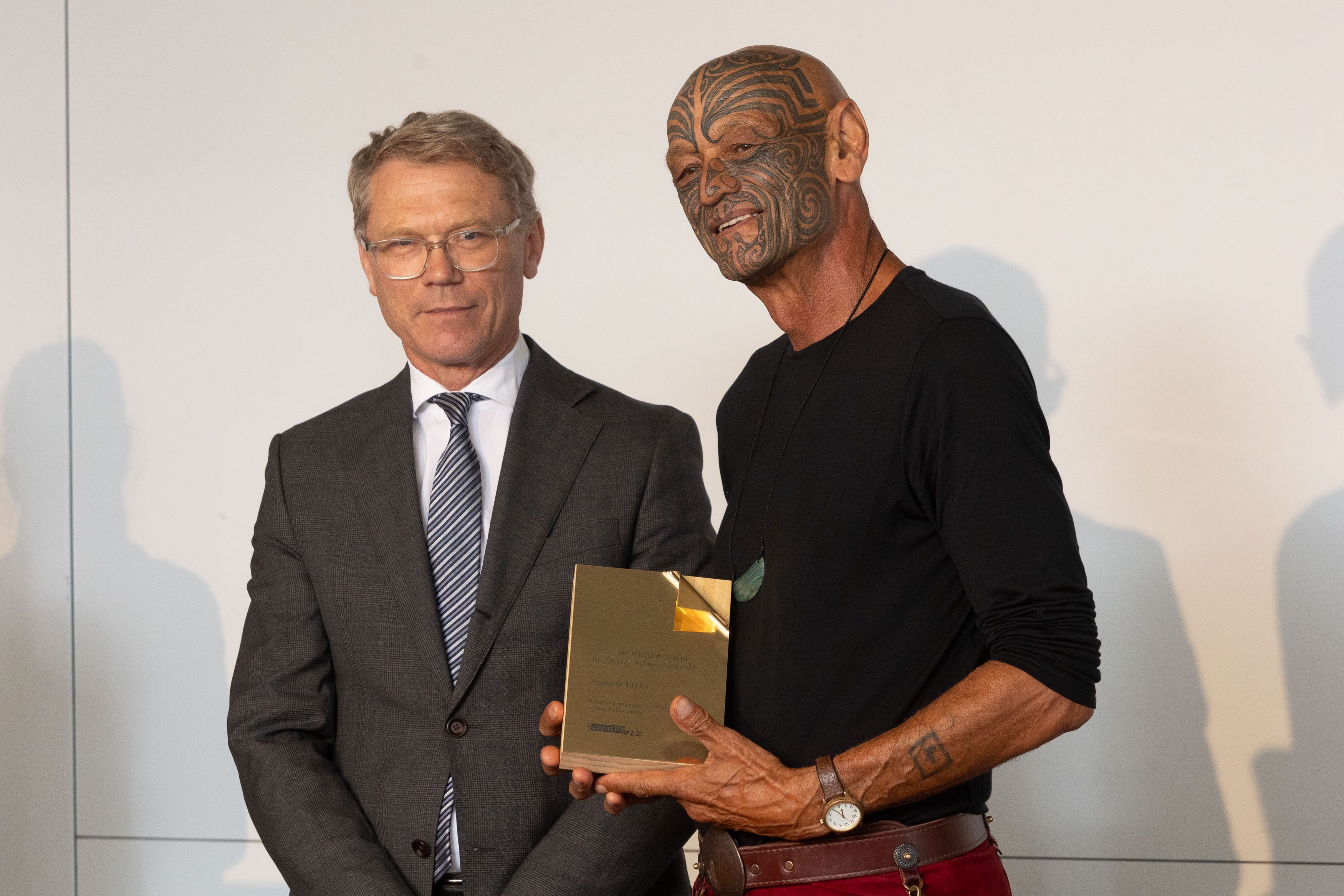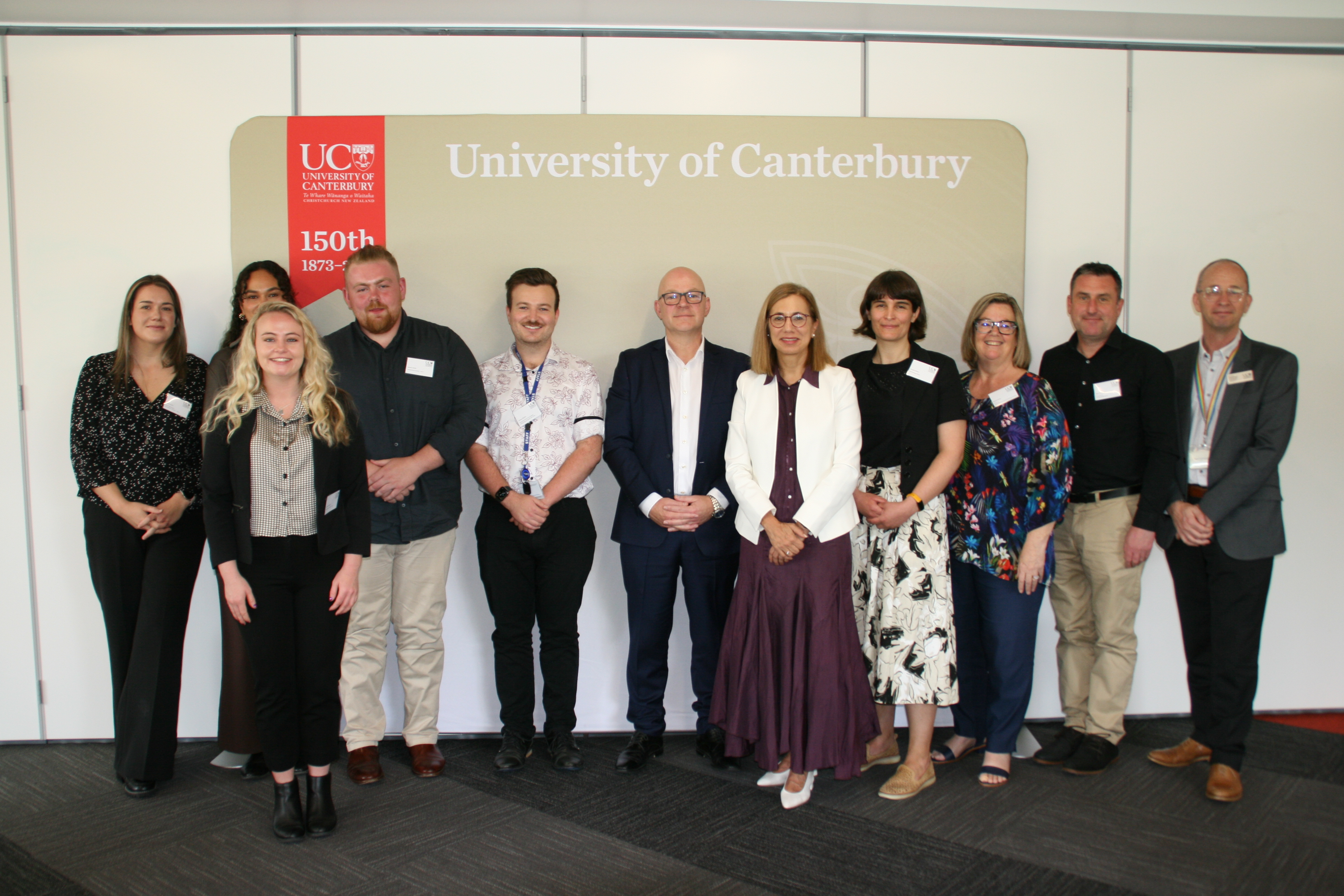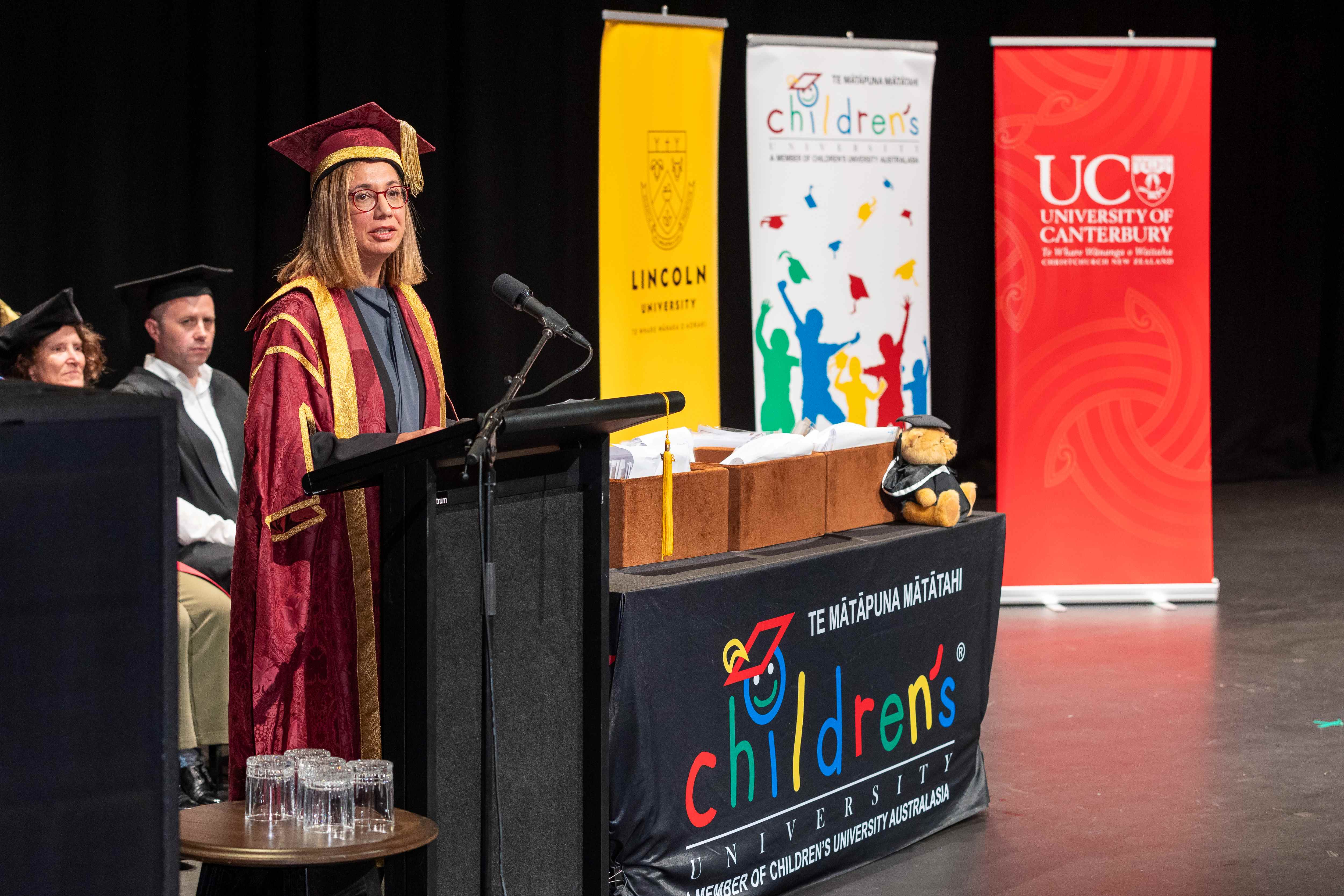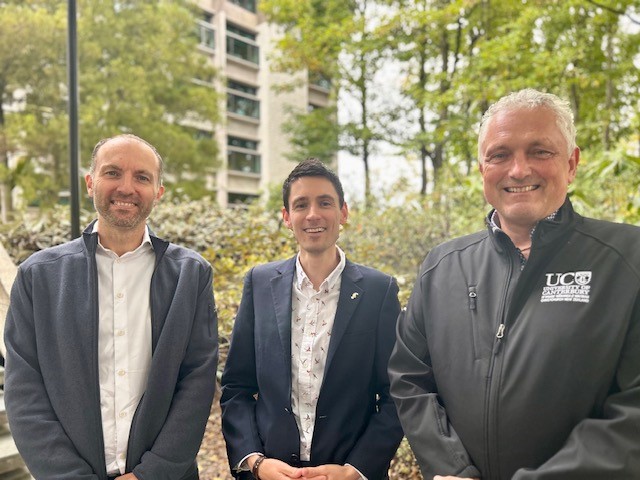‘Case M’ was infectious and active
There were two key factors contributing to the longer level 3 decision. First, the new case — “case M” — has likely been infectious since February 21, almost a whole week before their test came back.
During this time they visited a number of busy locations in South Auckland, including some high-risk settings like the gym. This is different from other cases at the tail of this cluster, which were all picked up within a day or two of developing symptoms.
There was a much lower risk that those cases had passed the virus on before going into quarantine.
The second factor was the lack of an established link between the new case and the existing Papatoetoe High School cluster. We now know there is a genomic link as well as a plausible epidemiological link — that is, public health officials have identified how the two families may have come into contact.
On Saturday night, however, a link to the school was much less certain because the student in the family tested negative three times and did not have any symptoms.
The B.1.1.7 variant changes things
The news on Sunday is more encouraging, but officials will need to confirm there is a clear person-to-person epidemiological link. If not, there could be still be missing links in the chain of transmission from the cluster to the new case.
These could date all the way back to early February, meaning they have had up to three weeks to potentially start outbreaks of their own. Until this link is confirmed we will need widespread testing in the Auckland region to rule out the possibility of a large undetected outbreak.
We have known since the beginning of the outbreak that we are dealing with the more infectious B.1.1.7 variant first identified in the UK. This variant is estimated to be 43 - 82% more transmissible than the original virus. That may not sound like much but, like interest on credit card debt, the difference compounds over time and quickly grows.
For example, left unchecked, an outbreak of the B.1.1.7 variant could cause around 200 cases after just three weeks, compared to around 40 cases with the original virus. This makes it all the more important to “go hard and go early” when dealing with an outbreak of this variant.
Was the previous alert relaxed too soon?
When the outbreak was first detected, there was a possible link to the border via the LSG Sky Chefs workplace, so there was a reasonable chance the outbreak was still small and relatively well contained.
This time, because we know the virus has been in the community for at least three weeks, there is the potential for a lot more undetected cases. A week will give our testing and contact tracing systems the time they need to track down additional cases and shut off chains of transmission.
If we are lucky, there won’t be too many additional cases to find. But we should be prepared for the possibility of a larger outbreak.
People will ask whether the government was wrong to relax level 3 restrictions in the first place. Hindsight is a wonderful thing, but with the information available at the time, it would have been difficult to justify a two-week lockdown with only a handful of cases in just three families.
We have become used to our contact tracing systems being able to manage small outbreaks like this. But managing a cluster of B.1.1.7 cases within a school environment has proved very challenging. We learn more about this virus every time we encounter it.
Be aware of different symptoms
The most important thing now is for everyone to follow the rules in their part of the country, and for anyone with symptoms to stay at home and arrange a test.
As Director-General of Health Ashley Bloomfield has pointed out, B.1.1.7 symptoms can be different and include muscle aches and fatigue as well as respiratory symptoms like a cough or sore throat.
Moving Auckland to alert level 3 and the rest of the country to alert level 2 puts us in the best position to get on top of this outbreak as quickly as possible. As frustrating as it is, it is the right move to keep Auckland and New Zealand safe.
This article was originally published on The Conversation.
UC Communications team, media@canterbury.ac.nz, Ph: (03) 369 3631 or 027 503 0168




